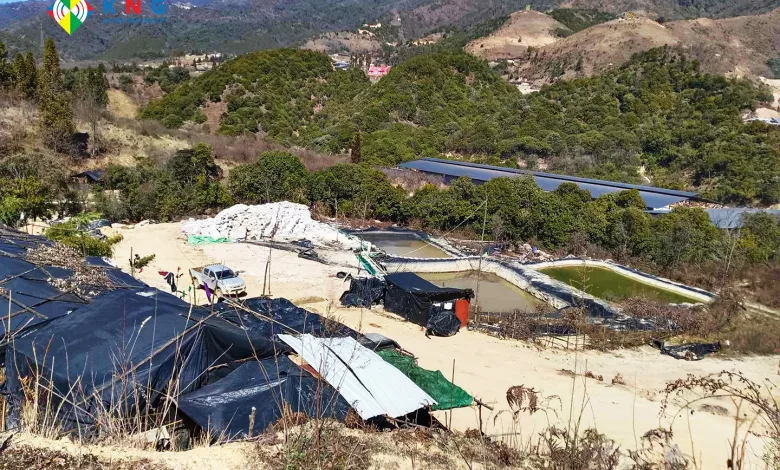Rare Earth Export Permission Granted, Say Sources Close to Industry

Sources close to rare earth business owners report that they have received permission from the Kachin Independence Organization (KIO) to export rare earth minerals to China.
According to a Reuters report, the KIO approved the export of rare earth minerals on March 27.
When KNG contacted individuals familiar with the industry, they confirmed: “Yes, that’s correct. A document has been issued stating that exports are now permitted. We have authorization to operate until the current license issued by the KIO expires at the end of this year. However, we are not yet able to apply for a new one,” said a source close to rare earth business owners.
He stated that the letter originated from the KIO’s Eastern Division, which operates in Bhamo District.
Regarding export taxation, the KIO is reportedly imposing a levy of 35,000 yuan per ton of rare earth minerals, according to Reuters.
When asked about these reports, Colonel Naw Bu, the KIO news and information officer, responded: “Our news department has not received any information about this. No one has officially informed us, so I cannot comment on this matter.”
KNG has not been able to independently verify the details of the permission letter or determine which specific rare earth minerals have been approved for export.
In October 2024, the KIO took full control of Kachin Special Region 1, which had been under the authority of People’s Militia leader U Zahkung Ting Ying for approximately 58 years. Following this takeover, the KIO assumed control of hundreds of rare earth mining operations in the region. All mining activities and exports had been suspended until now.
Meanwhile, Chinese customs data indicates a significant decline in rare earth mineral exports from Myanmar to China since the KIO took control of Kachin Special Region 1, where rare earth extraction is concentrated.
However, Reuters reports that rare earth mining operations resumed in October 2024, shortly after the KIO took over the region following clashes with the People’s Militia and Border Guard Forces.
In Kachin State, Chipwi Township remains the primary hub for rare earth mining. According to ISP Myanmar’s report, Five Things to Know About Myanmar’s Rare Earth, the number of mining sites has tripled since the 2021 military coup. The report states that at least 370 rare earth mining sites were established between 2013 and 2024, with more than 240 of them appearing after the coup.
Additionally, the report estimates that rare earth mineral exports from Myanmar to China totaled over $4.2 billion from 2017 to 2024. Notably, $3.6 billion worth of rare earth minerals were exported in the four years following the coup.
Rare earth mining activities have also been expanding in Momauk Township, located in the southern part of Kachin State, over the past three years.
Rare earth elements (REE) are essential components in a wide range of technologies, including semiconductors, mobile phones, computer hard drives, electric and hybrid vehicles, and flat-panel displays. However, rare earth ores contain metals that, when mixed with chemicals from the leaching process, cause severe air, water, and soil pollution. Additionally, these ores often contain radioactive thorium and uranium, which pose serious health risks.




